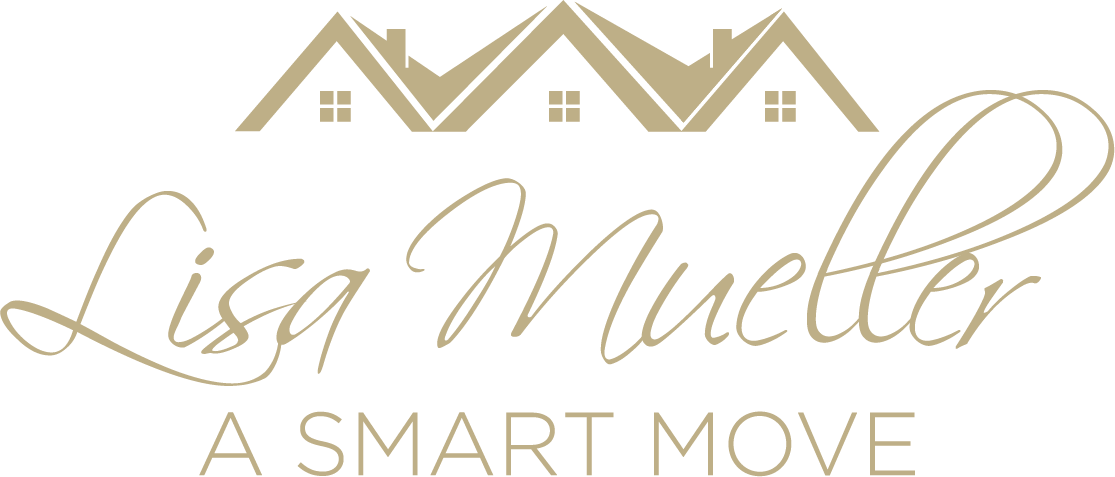Homebuyers needing to finance their home are required to pass a stress test, and it's about to become harder to pass. Here's what you need to know about the stress test as it stands currently and what is about to change.
What is the Stress Test?
Introduced in 2018, the stress test for insured mortgages requires applicants to meet criteria that prove they could continue to make mortgage payments based on higher interest rates. For a stress test, mortgage lenders calculate the Gross Debt Service and Total Debt Service ratios to decide if applicants have a high enough income and low enough debt load to make higher mortgage payments should rates increase.
Changes to the Stress Test
"Regulators plan to ratchet up the country's dreaded "stress test" qualifying rate for mortgage borrowers. As of June 1, loan applicants—regardless of the mortgage rate their lender has offered them—will need to prove they can afford an interest rate of 5.25 percent before getting approved for funding. The current benchmark is 4.79 percent." - Regina Leader-Post
Why Are There Stress Tests?

Similar to crash tests done on new vehicles to determine the safety and integrity in the worst-case scenario, the same forward-thinking testing is done in the world of finance. Stress tests will model a bad scenario before the investment is made to show what would happen in case of a financial misfortune, and help determine exactly how much you can afford. If you were to suddenly have a reduced income or lost your job, could you still afford to make the same mortgage payments? What if interest rates were to spike, or you needed to refinance your home? This type of rainy-day planning is essential for a number of reasons.
First and foremost, interest rates are constantly in flux; as are home prices. According to CREA (the Canadian Real Estate Association), the average home price in Canada was over $500,000 in January 2020, up 11% from a year before. It's important to know that you can still afford to pay your mortgage if interest rates increase and could affect the kind of home you decide to buy.
Ultimately the new mortgage rules are in place to protect the Canadian housing industry by ensuring that Canadians are not over leveraging themselves. As a home buyer, this could mean that you will have to settle for a lower budget. Despite the frustration of some Canadians, it is expected that mortgage rates will rise, and this test will help you make sure you don't overextend yourself. This will protect you from future difficulties when interest rates eventually increase.

How is the Stress Test Calculated?
According to the Bank of Montreal, uninsured homebuyers who qualify with a 20% down payment or more will have their minimum qualifying rate based on either the 5-year benchmark rate offered by the Bank of Canada or the rate offered by their mortgage lender plus 2%—whichever is higher. On the other hand, buyers with default insured mortgages—making a down payment of less than 20%—must qualify using either the Bank of Canada 5-year benchmark rate or the rate offered by their mortgage lender, whichever is higher.
When you're in the process of qualifying for a mortgage, the stress test may seem like one more obstacle you need to overcome. Keep in mind, though, that it's there to protect you from future rate increases. And if you're feeling overwhelmed or like buying a house may not be possible right now, please don't hesitate to contact me. I can help you assemble a team of real estate professionals who will make the home buying process far less stressful.


